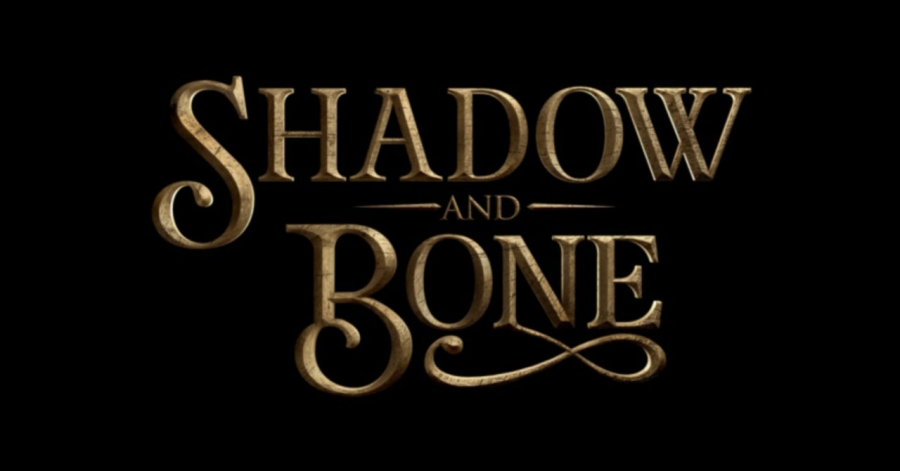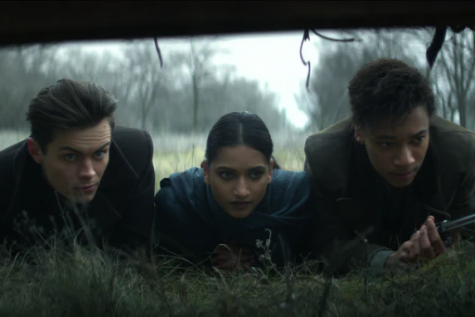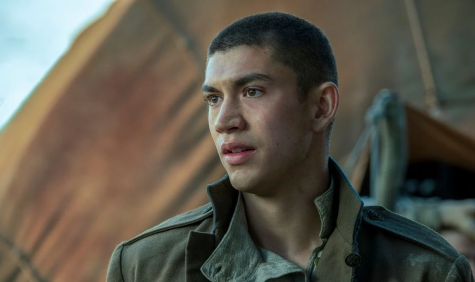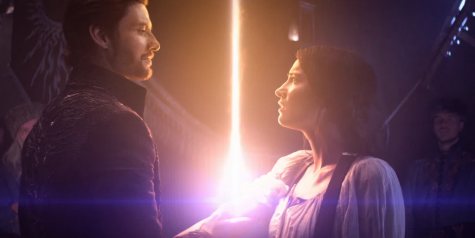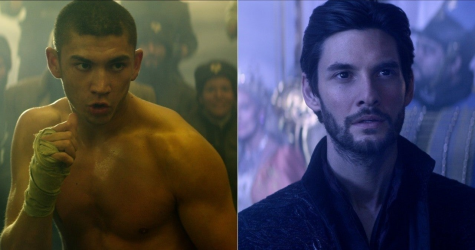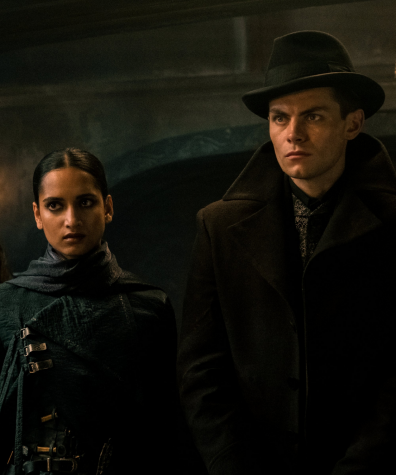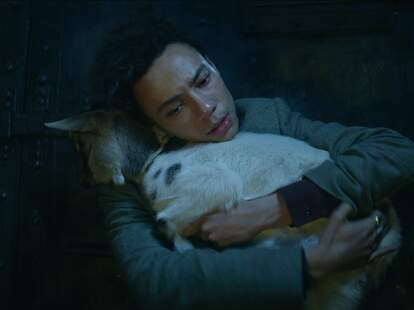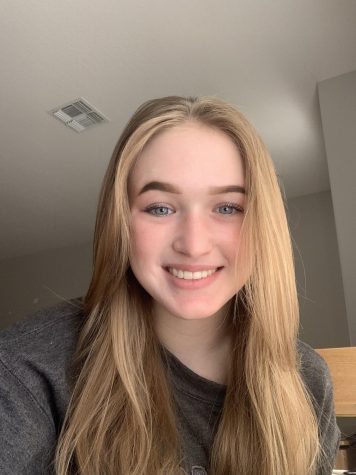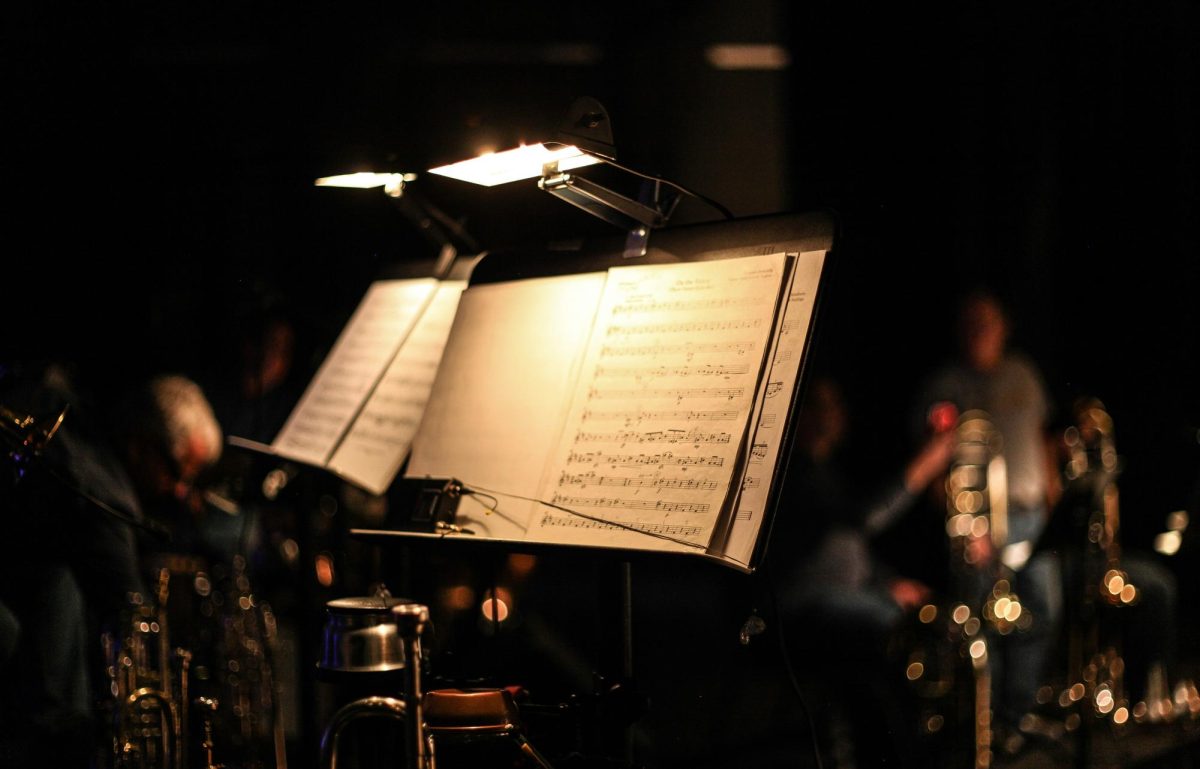Shadow & Bone: Netflix’s Best New Fantasy
May 18, 2021
Netflix’s new fantasy adaptation, Shadow and Bone, is quickly taking over world ratings charts. Based off of the best-selling novels by Leigh Bardugo, Shadow and Bone is combined with Six of Crows, its companion series, to create a story that will surprise old and new fans alike.
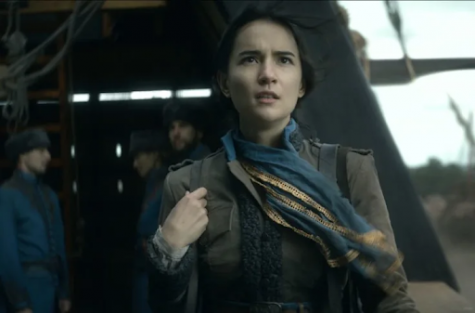
The show follows Alina Starkov (Jessie Mei Li), an orphaned soldier in the First Army who discovers that she has magical powers that could turn the tide of the war. The Shadow Fold, a strip of living darkness that divides the land in two, is nearly impossible to cross due to the monstrous volcra that call it home. When Alina attempts to cross the Fold with her childhood best friend, Mal (Archie Renaux), she discovers a hidden power within her, one that gives her the ability to summon light. Only Alina, with the help of Kirigan (Ben Barnes)—the Second Army General and a Shadow Summoner—can destroy the Fold.
However, nothing is easy, and with her emergence as a Sun Summoner, Alina becomes a target. Three criminals—Kaz Brekker (Freddy Carter), Inej Ghafa (Amita Suman), and Jesper Fahey (Kit Young)—take on a job to capture Alina, which means crossing the Fold and risking their lives.
Like any book-to-screen adaptation, there are bound to be changes. However, Shadow and Bone is one of the closest adaptations to date, considering the added difficulty of combining two separate book series together.
Besides, not all differences are bad, after all. In the show, Alina has more agency than she does in the books; she initiates a kiss in the show, whereas, in the books, she just lets things happen to her. Alina is also more sassy and confident than she was originally, something that brings a spark to her character like never before. Her witty comments are sure to make anyone laugh, but they also bring the viewer to relate more to a character who was mainly inside her own head.
However, nothing is perfect, and though Shadow and Bone is a great adaptation, it has its problems. For starters, it adds a racism subplot to make Alina even more estranged from everyone else.
In the books, race didn’t have anything to do with the plot, but it plays a prominent role in the show. Alina was already an outcast since she was an orphan; the introduction of racism was unnecessary and only diluted the already complicated plot even further. Conceptually, it doesn’t make a lot of sense to add racism into a fantasy story where it doesn’t need to be—after all, there’s already enough of it in real life. What’s the point of escaping to a fantasy world that has real-world problems?
Furthermore, Alina’s entire storyline revolves around her love interests, Mal and General Kirigan. Though this is reflective of YA fantasy’s obsession with love triangles in the 2010s, the added drama holds Alina back from doing what she needs to do to save her people.
In nearly each episode, Alina tries to get back to Mal after they’re separated in the beginning of the show. For eight episodes, they vary between sending each other letters or trying to get back together. They continuously call each other their “true north” which might be a sweet notion if it had any build-up oncesoever.
The problem with Alina and Mal as a couple—besides the fact that they’re completely dependent on each other and have no character growth during their time together—is that they give the audience little reason to buy into their relationship. The most that the viewer has gotten has been a replayed flashback to a meadow scene when the two were children, and a few lines of affectionate banter. Rather than show how these two characters are good friends who have a lot of chemistry, the writers tell us, instead.
While Mal might be a bland character that holds Alina back, he’s even worse in the books. He’s your typical ‘Nice Guy’ and completely ignores Alina until everyone else wants her. Mal gaslights and guilt-trips Alina many times throughout the books, and makes her feel like she has to suppress who she is in order to be with him. The Mal in the Netflix series, however, is virtually unrecognizable to his literary counterpart. While he’s still bland (and a little useless), this new Mal respects Alina’s choices and is more supportive. It’s only when you forget the book version of Mal, that you can truly appreciate the show version.
Alina and Mal’s relationship is contrasted with the relationship between Alina and Kirigan. Where Alina and Mal hinder each other from growing, Alina and Kirigan challenge each other and their morals. Right off the bat, Kirigan sees Alina for everything she is—a powerful woman who doesn’t need protecting, unlike Mal, who thinks Alina is someone he needs to shelter, both in the books and the show. Not to mention the fact that it’s clear how Alina and Kirigan have mutual respect and attraction for each other.
For those who have already watched the show, I won’t be going into any major spoilers and will thus avoid the elephant in the room when it comes to Alina and Kirigan. It’s safe to say that many fans in the general audience won’t want to see a romantic relationship between the two after that plot twist—unless, of course, Netflix strays from the ending in the books.
Neither relationship is perfect, and the show could have done a better job at showing Alina as more independent. However, this isn’t to say that Alina was a completely static character. In fact, when Alina let go of Mal in the fifth episode, she gained vital development.
Once she stopped worrying about Mal, Alina became more focused on helping her country and destroying the Fold, as well as becoming more in-tune with her powers. Similarly, Alina gained confidence and agency in the things she did. For once, she was doing things because she believed in them, because they were going to help her people and her country. Mal held her back, and it was only upon letting him go that Alina grew as a character.
Despite the problems that the show has, if you haven’t read the books, Shadow and Bone will likely be your new favorite fantasy series. It has an interesting plot and complex characters that are easy to get attached to. Not to mention the Crows, the gang that tries to capture Alina.
The Crows, comprised of Kaz Brekker, Inej Ghafa, and Jesper Fahey, are the gang that took on the job to capture Alina for one million kruge (the currency in Ketterdam). The relationship between them is easily one of the best in the entire show—they have the classic found family trope, and each character is uniquely their own.
Kaz is a mastermind thief, capable of picking any lock. Though he tries to act stone-cold and emotionless, there are times when he can’t help but wear his heart on his sleeve (hint: it’s usually around Inej). Inej is Kaz’s best spy with the uncanny ability to get into places she shouldn’t, all while being completely silent. She and Kaz have great chemistry, and their relationship is built on mutual trust and respect. At the same time, however, both are hesitant to get close. Those who have read Six of Crows will know that, due to their traumatic pasts, neither Kaz nor Inej will be able to enter a relationship—at least not for a while.
Jesper, on the other hand, is happy-go-lucky compared to Kaz and Inej, and he balances out their more solemn personalities. He’s a fan-favorite, and it’s clear why: he’s the comedic relief with more self-confidence than a peacock. Plus, his relationship with Milo the Goat (who quickly took over the hearts of viewers) is one of the best in the show.
Canonically, the Six of Crows duology takes place two years after the Shadow and Bone series ends. According to author and producer Leigh Bardugo, the show is basically a prequel to Six of Crows and is meant to establish what the Crows were doing during the events of Shadow and Bone.
While the show may be complicated for new fans, what with the intense world-building and complex, interconnected storylines, Shadow and Bone offers fantasy-lovers a new binge.


